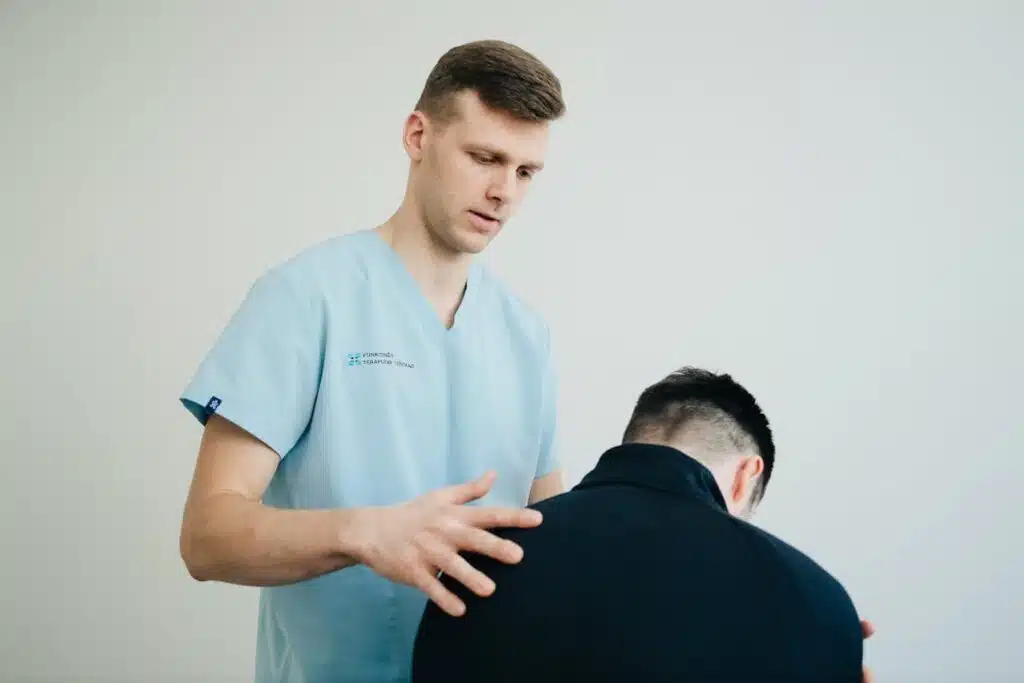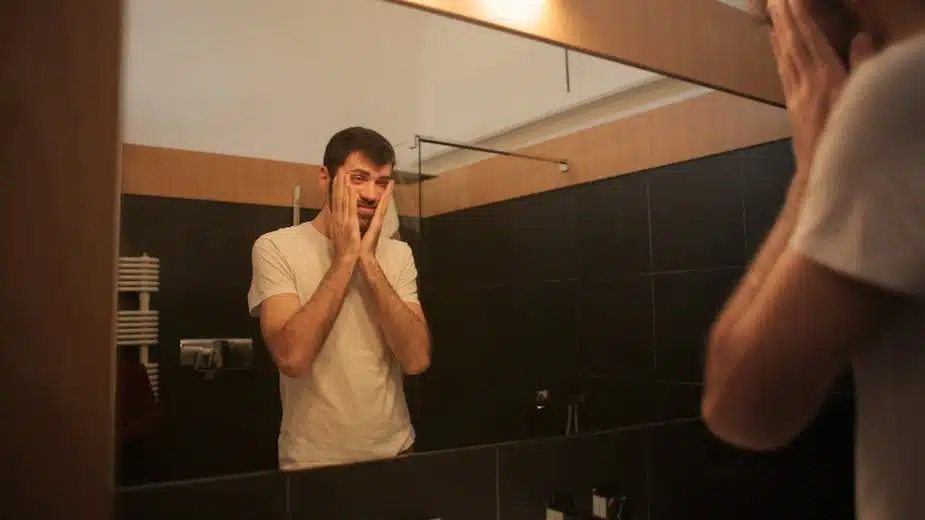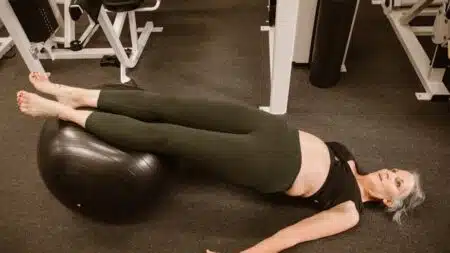Scrotal pain is no joke. Whether it’s a sudden, stabbing feeling or a dull, constant ache, pain in the scrotum or testicles can completely disrupt your life. From making it hard to walk, exercise or even sit comfortably, to destroying your sex life, career focus and overall mental health – untreated scrotal pain takes an immense toll.
So if you’ve been silently suffering from chronic or recurrent testicle pain, the time for relief is now. Recent advances in physical therapy offer new hope – without risky surgeries or endless rounds of pain meds. By taking a whole-body, root cause approach, today’s physical therapists can provide lasting scrotal pain freedom.
Keep reading to uncover these treatment breakthroughs, learn what causes testicle pain in the first place, and take back control of your health and life once and for all.
The complex causes behind scrotal pain
First, why is scrotal discomfort so severe and so tricky to resolve? Simply put, there are many vulnerable structures crammed into a small space. From blood vessels and muscles to nerves and reproductive organs, the scrotum carries out several vital functions.
And when any one of these structures gets damaged, pinched or inflamed, it spells big trouble.
Common culprits behind acute or chronic testicle pain include:
Injuries and trauma
Sports collisions, blows to the groin area, testicular twisting/torsion due to overstretching, and even lengthy bike rides can harm nerves, blood flow and supportive tissues inside the scrotum. Injury-related scrotal pain usually requires prompt medical attention – and physical therapy down the line – for full recovery.
Infections
Sexually transmitted diseases, a bacterial infection called epididymitis, prostate inflammation and urinary tract infections can all spread to the reproductive organs. Symptoms may include swollen, tender testicles and pain/burning during urination or ejaculation. Antibiotics clear most infections, but lingering nerve pain often responds better to physical therapy.
Musculoskeletal issues
Back injuries, sacroiliac joint dysfunction, pelvic floor dysfunction, hip problems, abdominal muscle trigger points and even poor posture can irritate nerves that supply the testicles and scrotum. This “referred pain” feels like it originates in the scrotum but is actually caused by mechancial irritation far from the location of discomfort.
Medical conditions
Varicoceles (enlarged scrotal veins, similar to varicose veins in the legs), testicular cancer, inguinal hernias, cysts, kidney stones passing through the urinary tract, and autoimmune disorders can also spark scrotal/testicular pain flares. Most conditions require medication, surgery or both, but post-treatment pain often responds beautifully to specialized physical therapy.
Mastering the nerve supply of the scrotal area
Now why does the scrotum seem so especially sensitive? Two words: plentiful nerves.
You see, several major nerves branch off from the lower spine to provide sensation to the entire pelvic floor area – including the scrotum and testicles. These include:
- The pudendal nerve
- The ilioinguinal nerve
- The genitofemoral nerve
- The iliohypogastric nerve
So when these nerves get irritated or compressed anywhere along their path, it spells trouble. Picture painful signals ricocheting all along the nerves’ length, causing agony by the time they reach nerve endings coiled around the testicles themselves.
This complex nerve supply both contributes to the intensity of scrotal discomfort, and gives physical therapists multiple targets for getting to the root cause.
Why scrotal pain treatment falls short - And how PT fills the gaps
If you’re suffering from recurrent or lasting testicle pain – even after medication, rest or surgery – you’re far from alone. Up to 25% of scrotal pain cases defy traditional medical treatment, leaving patients frustrated and debilitated.
Why the frequent dead-ends? Conventional approaches usually zero in on the scrotum itself, neglecting nerve dysfunction and mechanical issues along the pelvic floor that may be driving pain.
Physical therapists take a broader, full-body perspective. Using manual therapy, progressive stretching and cutting-edge pain relief technologies, they can relieve irritation all along the nerves branching to the testicles.
These non-invasive techniques both ensure comprehensive treatment, and help avoid risky repeat surgeries or dependence on medication just to cope with pain.
Unveiling advanced physical therapy techniques for scrotal pain relief
If you’re ready to break free from scrotal pain’s grip for good, seek out a therapist trained in the following methods for the very best shot at success.
Soft tissue massage
From the lower back all the way to the inner thigh, muscles knots and other myofascial restrictions can squeeze nerves passing to the scrotal area. Skilled soft tissue massage along the hips, thighs, abdomen and back gives nerves some much-needed breathing room.
Joint manipulation
Stiff, not moving right sacroiliac and spinal joints also irritate local nerves. That’s why gentle joint manipulation encourages optimal alignment and movement to calm nerve activity.
Trigger point therapy
Muscles contain hyper-irritable spots called trigger points. Injecting these points with saline abolishes local twitch responses, along with referred pain. Common injection sites for scrotal pain include the lower abdomen, inner thigh, low back muscles and pelvic floor.
Postural re-training
Bad posture doesn’t just strain muscles – it crushes nerves. Retraining ideal spinal alignment through exercises like Foundation Training helps take pressure off nerves to the pelvic area.
Bonus game changing approaches
Today’s physical therapists also have ultra-advanced pain relief tools at their disposal, including:
Laser therapy
Streaming non-thermal light energy into tissues, laser therapy reduces inflammation around compressed nerves while blocking pain signals to the brain.
Pelvic floor physical therapy
Since male pelvic pain frequently arises from hidden myofascial trigger points inside the rectum, specialized internal soft tissue and joint mobilization brings tremendous relief.
If the thought of intimate pelvic floor physical therapy makes you uncomfortable, remember that specialist physical therapists are experts in effective, professional male patient care.

Dramatic differences in just 4-6 weeks
While every patient responds differently, advanced physical therapy for chronic scrotal discomfort often brings immense pain relief within just 4-6 weeks (sometimes sooner).
And by uncovering and treating the true roots of your discomfort – not just masking symptoms – results stand the test of time. Meaning you can get back long bike rides, favorite sports, a satisfying sex life and so much more.
From comprehensive care to custom treatment plans
Rather than taking a rigid, one-size fits all approach, today’s physical therapists develop specialized programs tailored to each unique case.
You see, underlying causes vary tremendously between patients. For some, the main culprit is sacroiliac joint dysfunction or lower lumbar nerve impingement. For others, abdominal trigger points, pelvic floor dysfunction or even lingering surgical scars drive pain.
That’s why comprehensive assessments pinpoint the perfect blend of techniques to target your specific pain generators for custom and lasting relief.
Still struggling with scrotal pain? Relief awaits
If pain meds, rest and waiting aren’t slashing your scrotal pain – it’s time for answers. Progressive physical therapists provide hope for even the most complex, challenging cases of orchialgia and testicular pain.
By digging deeper for the true roots of your discomfort, mastering intricate local anatomy, and using advanced hands-on techniques, full recovery is now possible.
So don’t allow scrotal agony to continue disrupting your personal life one more day. A new path to freedom from pain awaits – now is the time to take that first step!



